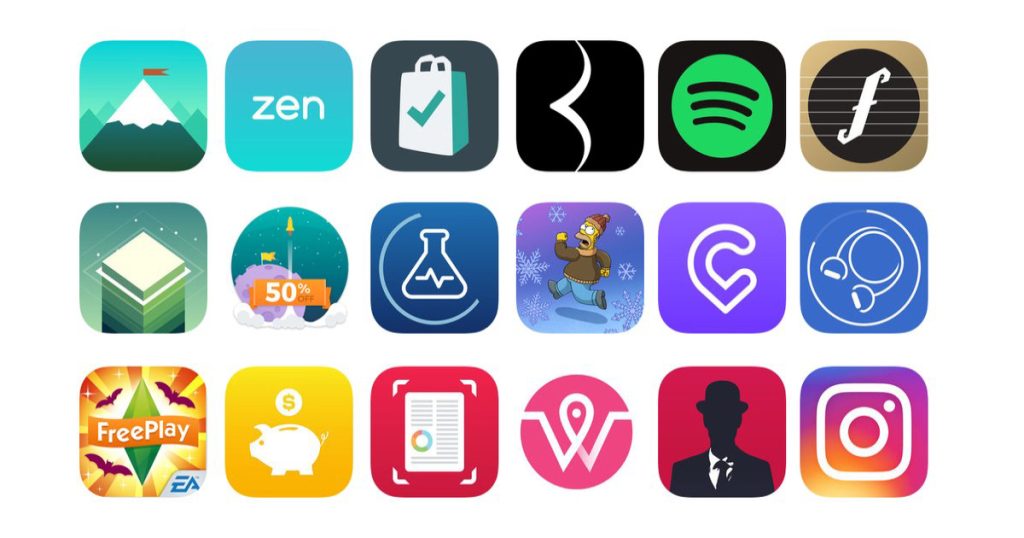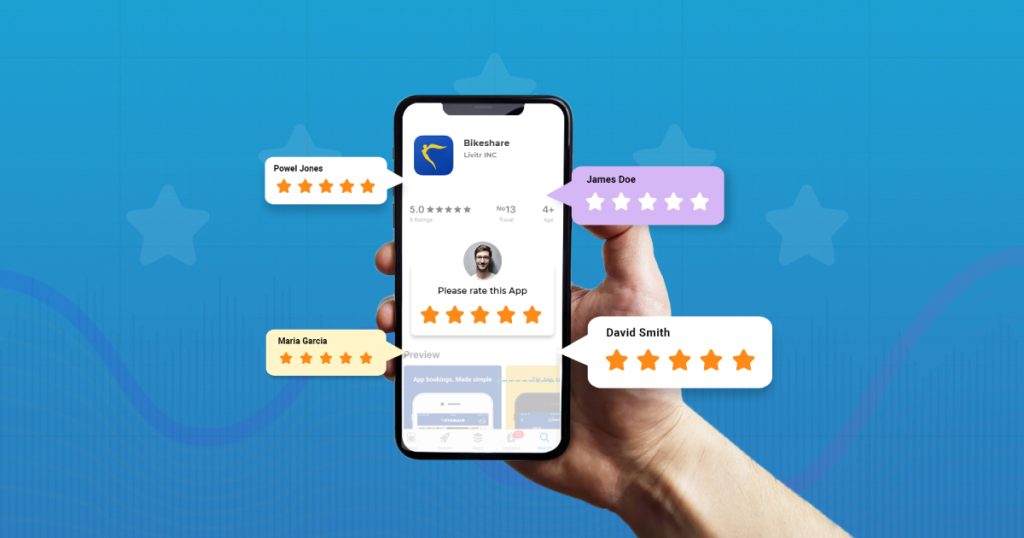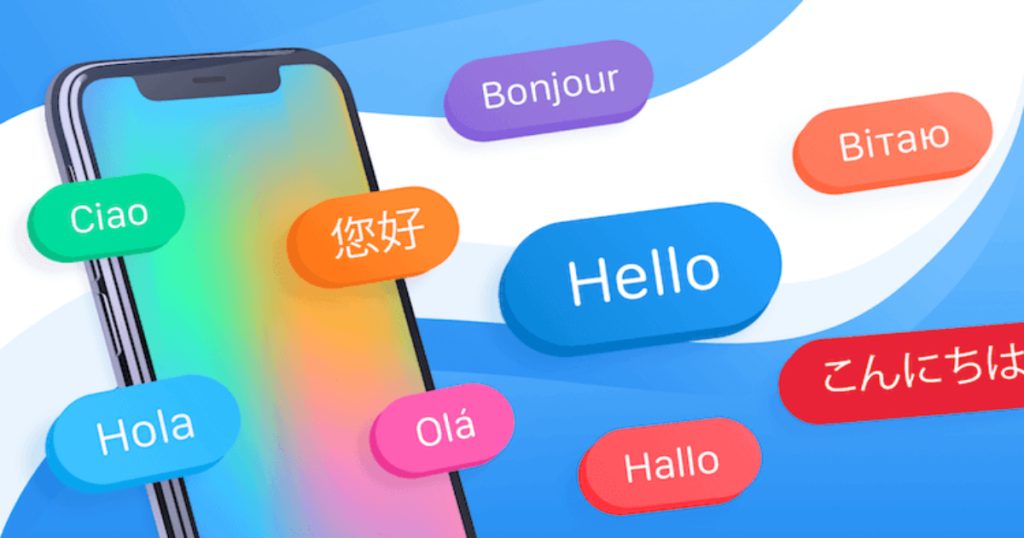App entrepreneurs face the critical challenge of making their applications stand out in the crowded app stores. With millions of apps vying for attention, the importance of App Store Optimization (ASO) cannot be overstated. ASO is not just about improving visibility; it’s a strategic tool that can significantly boost your app’s ranking, increase downloads, and ultimately drive success.
This article dives into five pivotal ASO strategies that every app entrepreneur needs to know. By understanding and implementing these tactics, you can propel your app to the forefront of the app store, ensuring it reaches its target audience effectively. Whether you’re launching a new app or looking to enhance the performance of an existing one, these insights will provide you with the knowledge to navigate the competitive landscape of app stores successfully.
In the upcoming sections, we will explore each strategy in detail, offering practical advice, examples, and case studies to illustrate how these approaches have been successfully implemented by others in the industry. From keyword optimization to the power of visual elements, encouraging positive reviews, localizing app content, and the importance of regular updates and app performance optimization – we’ve got you covered.
1. Keyword Optimization: Unlocking Discoverability in the App Store

Harnessing the Right Keywords: Your First Step to ASO Mastery
The foundation of effective App Store Optimization lies in keyword optimization. Keywords are the linchpin that connect user searches to your app. Choosing the right keywords can significantly increase the visibility of your app in the store, thereby boosting your chances of download.
Strategies for Effective Keyword Usage
- Research is Key: Start with thorough keyword research. Utilize tools like App Annie or Sensor Tower to identify keywords relevant to your app’s functionality and your target audience’s search habits.
- Smart Placement: Incorporate your primary keyword into the app title, and use secondary keywords in the app description. Remember, the app title holds more weight in the app store algorithms.
- Balance is Essential: Strive for a balance between high search volume and low competition keywords. It’s about finding the sweet spot where your app can shine.
Tips for Effective Keyword Usage
- Focus on relevance: Choose keywords that accurately describe your app’s features and benefits.
- Update Regularly: Market trends change, so should your keywords.
- Avoid Keyword Stuffing: Overusing keywords can lead to a poor user experience and may be penalized by app stores.
Case Study: ‘Language Learning App’ Consider the case of ‘LangGo’, a language learning app. Initially, it struggled with visibility. However, after implementing keyword optimization, using terms like “language learning,” “speak Spanish,” and “French vocabulary,” they saw a significant increase in their ranking and downloads. By aligning their keywords with user search intent, LangGo became more discoverable to potential users.
2. Optimizing Visual Elements: Capturing User Attention

Crafting a Visually Appealing Storefront for Your App
Visual elements in your app’s store listing play a crucial role in capturing user attention and driving downloads. These include your app’s icon, screenshots, and preview videos. A visually appealing storefront can make the difference between a user downloading your app or scrolling past it.
Strategies for Enhancing Visual Appeal
- Design an Eye-Catching Icon: Your app icon is the first visual element users see. It should be distinctive, memorable, and reflective of your app’s purpose. Avoid clutter and ensure it stands out even in smaller sizes.
- Create Compelling Screenshots: Screenshots should showcase the most attractive features of your app. Use high-quality images and consider adding short descriptions or captions to highlight key functionalities.
- Engaging Preview Videos: Videos offer a dynamic way to demonstrate your app in action. Keep it short, engaging, and focused on the most compelling aspects of your app.
Best Practices for Visual Design in ASO
- Consistency: Ensure visual elements are consistent with your brand identity.
- Test Variations: Experiment with different designs to see what resonates best with your audience.
- Highlight Unique Features: Use visuals to emphasize what sets your app apart from competitors.
Case Study: ‘Fitness Tracker App’ Take ‘Fit Journey’, a fitness tracker app, as an example. After revamping their icon to a more modern and vibrant design and updating their screenshots with captions explaining features like “Heart Rate Monitoring” and “Daily Activity Tracking,” they observed a 20% increase in download rate. Their visually appealing store listing effectively communicated the app’s value proposition to potential users.
3. Encouraging Positive Reviews: Building Trust and Credibility

Leveraging User Feedback to Enhance Your App’s Reputation
User reviews and ratings are not just feedback mechanisms; they are powerful tools that can significantly impact your app’s ASO. Positive reviews enhance credibility and trustworthiness, while higher ratings can improve your app’s visibility and ranking on the app store.
Strategies for Maximizing Positive User Feedback
- Prompting Feedback at the Right Time: Ask for reviews when users are most likely to feel satisfied with your app, like after a successful transaction or completion of a level in a game.
- Responding to Reviews: Engage with user reviews, both positive and negative. This shows that you value user feedback and are committed to improving the app experience.
- Incorporating Feedback into App Updates: Demonstrating that user feedback is being used to make tangible improvements can encourage more users to leave positive reviews.
Do’s and Don’ts of Managing User Reviews
- Do: Personalize your responses to user reviews.
- Don’t: Dismiss or ignore negative feedback.
- Do: Offer solutions to problems faced by users.
- Don’t: Incentivize or fake reviews, as this can lead to penalties from app stores.
Case Study: ‘Meal Planning App’ Consider ‘EatRight’, a meal planning app. They actively encouraged users to leave reviews by sending push notifications after users had successfully created a meal plan. They also made a point of responding to all reviews, whether thanking users for positive feedback or addressing concerns in negative reviews. This strategy not only improved their app store rating but also provided valuable insights for future updates, leading to a significant increase in user engagement and downloads.
4. Localizing App Content: Connecting with Global Audiences

Tailoring Your App to Meet Diverse Cultural Needs
App localization involves adapting your app’s content and functionality to suit different languages, cultures, and regions. It’s a powerful strategy to expand your app’s reach and resonate with a global audience. Localization can significantly improve user experience, leading to higher satisfaction and better app store rankings.
Strategies for Effective App Localization
- Language Translation: Go beyond mere translation. Ensure that the app’s language and content are culturally relevant and understandable in the target region.
- Cultural Customization: Adapt visual elements, currency, units of measure, and date formats to align with local preferences.
- Local Market Research: Understand local market trends and user behaviors to tailor your app’s features and marketing strategy accordingly.
Key Considerations in App Localization
- Prioritize markets: Identify and target regions where your app has the potential to perform well.
- Test and Iterate: Conduct A/B testing to determine the most effective localization strategies for different markets.
- Continuous Updates: Keep localizations up-to-date with changing cultural nuances and language trends.
Case Study: ‘Travel Guide App’ Take the example of ‘GlobeTrotter’, a travel guide app. Originally only available in English, they expanded their market reach by localizing content into Spanish, French, and Mandarin. This included not just language translation, but also integrating local travel tips and culturally relevant information. As a result, GlobeTrotter saw a 50% increase in downloads in non-English speaking countries, along with positive feedback on the app’s user-friendly and region-specific content.
5. Regular Updates and App Performance Optimization: Ensuring Continued Excellence

Keeping Your App Relevant and High-Performing
Regular updates and optimizing app performance are crucial for maintaining and improving your app’s ranking in the app store. Updates signal to users and app store algorithms that your app is continuously evolving and improving, addressing user needs and incorporating the latest technological advancements.
Strategies for Effective Updates and Performance Optimization
- Consistent Updates: Regularly update your app to fix bugs, improve features, and add new content. This shows users and the app store that you are committed to providing a high-quality app experience.
- Optimizing Performance: Ensure your app is fast, responsive, and bug-free. Performance issues can lead to negative reviews, which in turn can harm your app’s ranking.
- Leveraging Analytics: Use app analytics to identify areas for improvement. Monitor user behavior to understand what features are popular and what areas might be causing frustration.
Benefits of Consistent Updates and Performance Optimization
- Improved User Satisfaction: Regular improvements lead to a better user experience, increasing user retention and positive reviews.
- Higher Rankings: App stores tend to favor apps that are frequently updated and well-maintained.
- Competitive Edge: Staying ahead of the curve with the latest features and performance enhancements can set your app apart from competitors.
Case Study: ‘Productivity Tool App’ ‘EfficientWork’, a productivity tool app, serves as an excellent example. They adopted a strategy of bi-monthly updates, focusing on user feedback and performance metrics to guide enhancements. This not only fixed ongoing issues but also introduced new, user-requested features, significantly improving user engagement and satisfaction. The result was a noticeable improvement in their app store ranking and a substantial increase in active users.
Final Thoughts
In conclusion, effective App Store Optimization involves a strategic combination of keyword optimization, visual enhancements, encouraging positive reviews, localizing content, and regular updates and performance optimization. By implementing these strategies, app entrepreneurs can significantly boost their app store ranking, enhancing visibility and driving downloads.
Remember, ASO is an ongoing process, and staying attuned to user needs and market trends is key to maintaining a successful app presence in the highly competitive digital marketplace.
If you need help with your ASO efforts, don’t hesitate to reach out to us for a consultation.
Key Takeaways
| Strategy | Key Takeaways |
|---|---|
| 1. Keyword Optimization | – Conduct thorough keyword research. – Use keywords strategically in title and description. – Balance between high search volume and low competition. |
| 2. Optimizing Visual Elements | – Design an eye-catching, memorable app icon. – Use high-quality, informative screenshots. – Create engaging and concise preview videos. |
| 3. Encouraging Positive Reviews | – Prompt for reviews at optimal times. – Engage with all user reviews. – Incorporate feedback into updates. |
| 4. Localizing App Content | – Adapt language and content for cultural relevance. – Customize visuals and units for local markets. – Research and target specific regional trends. |
| 5. Regular Updates and App Performance Optimization | – Schedule regular app updates. – Focus on high app performance and user experience. – Use analytics to guide updates. |






